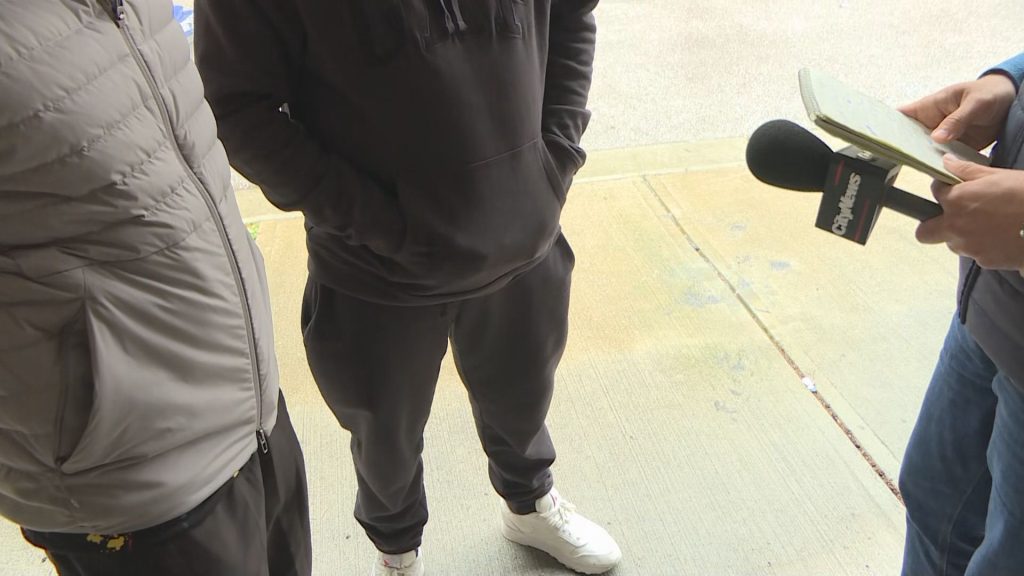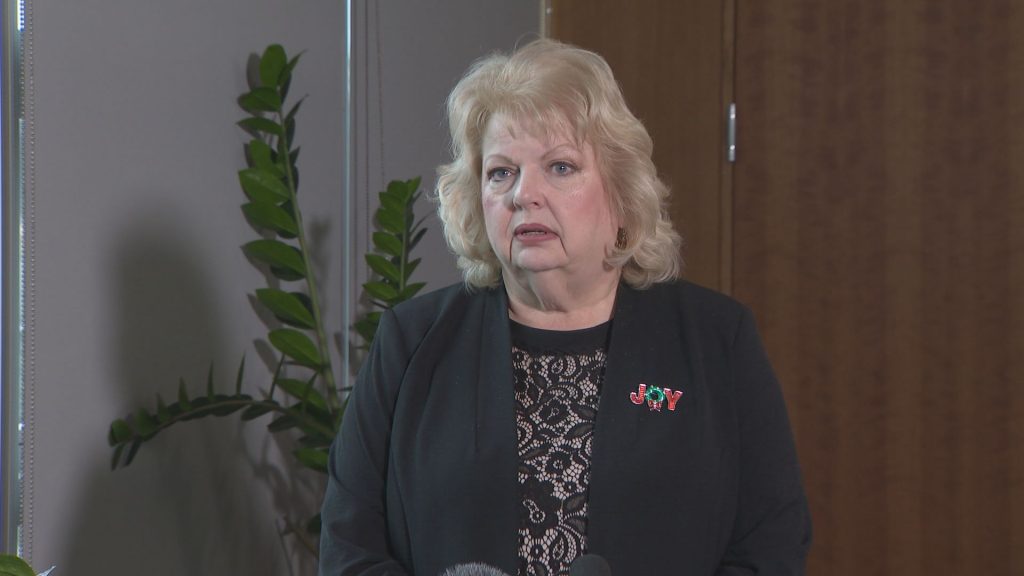Enbridge Line 3 project should follow existing route, U.S. judge says
Posted April 23, 2018 4:32 pm.
Last Updated April 23, 2018 5:00 pm.
This article is more than 5 years old.
MINNEAPOLIS – Minnesota regulators should approve Enbridge Energy’s proposal for replacing its aging Line 3 crude oil pipeline only if it follows the existing route rather than company’s preferred route, an administrative law judge recommended Monday.
The proposal has drawn strong opposition because Enbridge’s preferred route would carry oilsands crude from Alberta across environmentally sensitive areas in the Mississippi River headwaters region where American Indians harvest wild rice and hold treaty rights.
Administrative Law Judge Ann O’Reilly’s recommendation that the Public Utilities Commission should order that the replacement follow the existing route sets up further disputes, however, because the existing line crosses two Ojibwa reservations where tribal governments have made it clear that they won’t consent and want the old line removed altogether.
O’Reilly wrote that Enbridge has established that the project is needed, but that the negative consequences to Minnesota of the company’s more southerly preferred route outweigh the benefits. The cost-benefit analysis shifts in favour of approving the project if Enbridge builds the pipeline in Line 3’s existing trench, she said.
The commission is expected to make its final decision in June. O’Reilly’s recommendations aren’t binding on the commission, but they’re the product of an extensive public hearing and comment process and voluminous filings, so they’ll be hard for the commissioners to disregard. Commission Chair Nancy Lange acknowledged at a hearing last month that whatever the commission decides, the dispute is likely to end up in court.
Enbridge said in a statement that it was pleased the judge listened to the extensive evidence for the need for the project, and will be taking time to review the recommendation that it use the existing right-of-way.
Environmental and tribal groups — including the Sierra Club, Greenpeace USA and Honor the Earth — said there’s no good reason to allow Enbridge to build the project, regardless of what route it takes.
If the project is approved, some opponents have threatened a repeat of the protests in North Dakota near the Standing Rock reservation that delayed work for months on the Dakota Access pipeline, in which Enbridge owns a stake. Similar concerns over the role of the oilsands in climate change, and Indigenous rights, have fuelled opposition to Kinder Morgan’s proposal to expand its Trans Mountain pipeline from Alberta to an export terminal in British Columbia.
Calgary-based Enbridge says the Line 3 project is necessary to ensure the reliable delivery of crude to Midwestern refineries. The company says the existing line, which was built in the 1960s, is subject to corrosion and cracking and can run at only half its original capacity because of its accelerating maintenance needs. The Jobs for Minnesotans coalition of business, labour and community leaders backs the project, saying it will create 8,600 well-paying jobs with a total economic impact on the state of $2 billion.
Line 3 carries crude oil 1,765 kilometres from Hardisty, Alta., through North Dakota and Minnesota to Enbridge’s terminal in Superior, Wis. Enbridge said the replacement would restore its original capacity of 760,000 barrels per day. Enbridge wants to shift much of the last half of the current 454-kilometre route in Minnesota into a more southerly, 542 kilometre corridor to Superior. Enbridge estimates the cost of the project at $5.3 billion for the Canadian stretch and US$2.9 billion for the U.S. portion.
Enbridge has already begun work in Canada and Wisconsin. Construction sites near Superior have been the scene of protests and several arrests.










